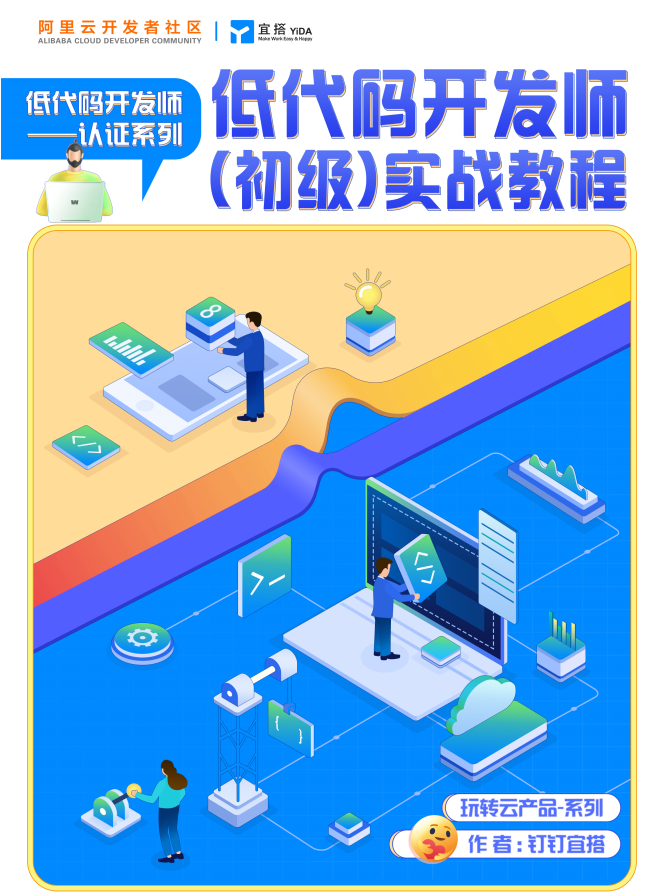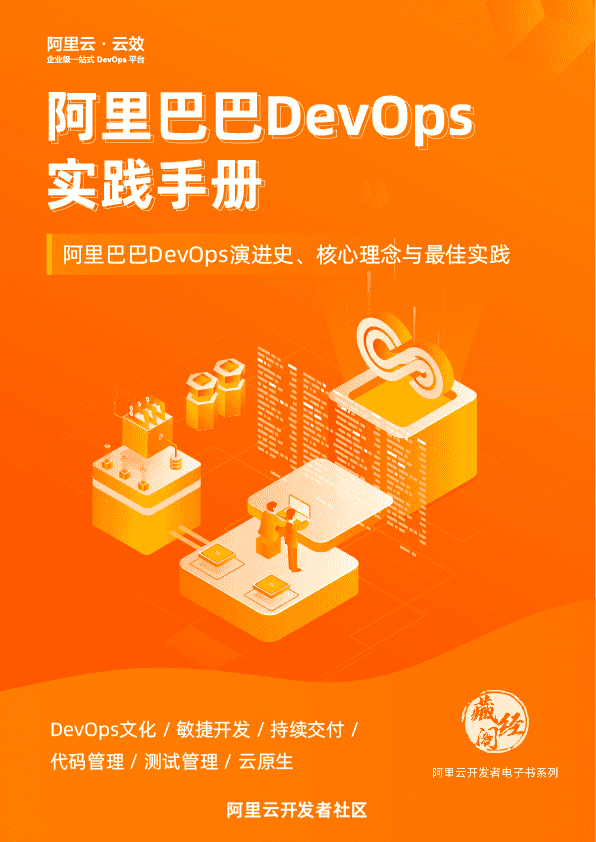
使用FlowRule线程电流限制模式时,SphU和SphO之间的差异
@Test public void boolThread() throws InterruptedException { // 配置规则. initFlowRules(); while (true) { if (SphO.entry("HelloWorld")) { System.out.println("hello world"); } else { System.out.println("blocked!"); } Thread.sleep(10); } }
@Test public void exThread() throws InterruptedException { // 配置规则. initFlowRules();
while (true) {
Entry entry = null;
try {
entry = SphU.entry("HelloWorld");
// 资源中的逻辑.
System.out.println("hello world");
} catch (BlockException e1) {
System.out.println("blocked!");
} finally {
if (entry != null) {
entry.exit();
}
}
Thread.sleep(10);
}
}
/** * 线程数与QPS控制 */ private static void initFlowRules() { FlowRule rule = new FlowRule(); rule.setResource("HelloWorld"); rule.setGrade(RuleConstant.FLOW_GRADE_THREAD); rule.setCount(5);// 限制QPS rules.add(rule); FlowRuleManager.loadRules(rules); }
当执行 boolThread() 的时候,打印5个"hello world"后,就无限 blocked 了,而exThread()方法是表现正常的(其实就一个线程在跑),对比代码发现唯一区别就是 SphO.entry 里面,不会执行 entry.exit(),导致执行完毕后线程数不会减一,请问这是一个BUG吗?还是说规则上,线程流控不允许使用SphO这个类? 在文档上没发现说明,有劳多多指教,多谢了。
原提问者GitHub用户WindyDovs
-
你使用SphO的方式是不正确的。SphO也需要退出。例子:
if (SphO.entry(resourceName)) { try { // Your code logic here. } finally { SphO.exit(); } } else { // Resource is rejected. // Your logic to handle blocking here. } }
代码中使用 SphO 的方式错误,SphO 同样需要 exit,示例:
// 资源名可使用任意有业务语义的字符串 if (SphO.entry("自定义资源名")) { // 务必保证finally会被执行 try { /** * 被保护的业务逻辑 */ } finally { // 务必保证 exit SphO.exit(); } } else { // 资源访问阻止,被限流或被降级 // 进行相应的处理操作 }
参考:使用文档(How to use)
https://github.com/alibaba/Sentinel/wiki/%E5%A6%82%E4%BD%95%E4%BD%BF%E7%94%A8#%E5%AE%9A%E4%B9%89%E8%B5%84%E6%BA%90
原回答者GitHub用户sczyh30
2023-05-19 21:28:06赞同 展开评论 打赏
版权声明:本文内容由阿里云实名注册用户自发贡献,版权归原作者所有,阿里云开发者社区不拥有其著作权,亦不承担相应法律责任。具体规则请查看《阿里云开发者社区用户服务协议》和《阿里云开发者社区知识产权保护指引》。如果您发现本社区中有涉嫌抄袭的内容,填写侵权投诉表单进行举报,一经查实,本社区将立刻删除涉嫌侵权内容。
阿里云拥有国内全面的云原生产品技术以及大规模的云原生应用实践,通过全面容器化、核心技术互联网化、应用 Serverless 化三大范式,助力制造业企业高效上云,实现系统稳定、应用敏捷智能。拥抱云原生,让创新无处不在。


